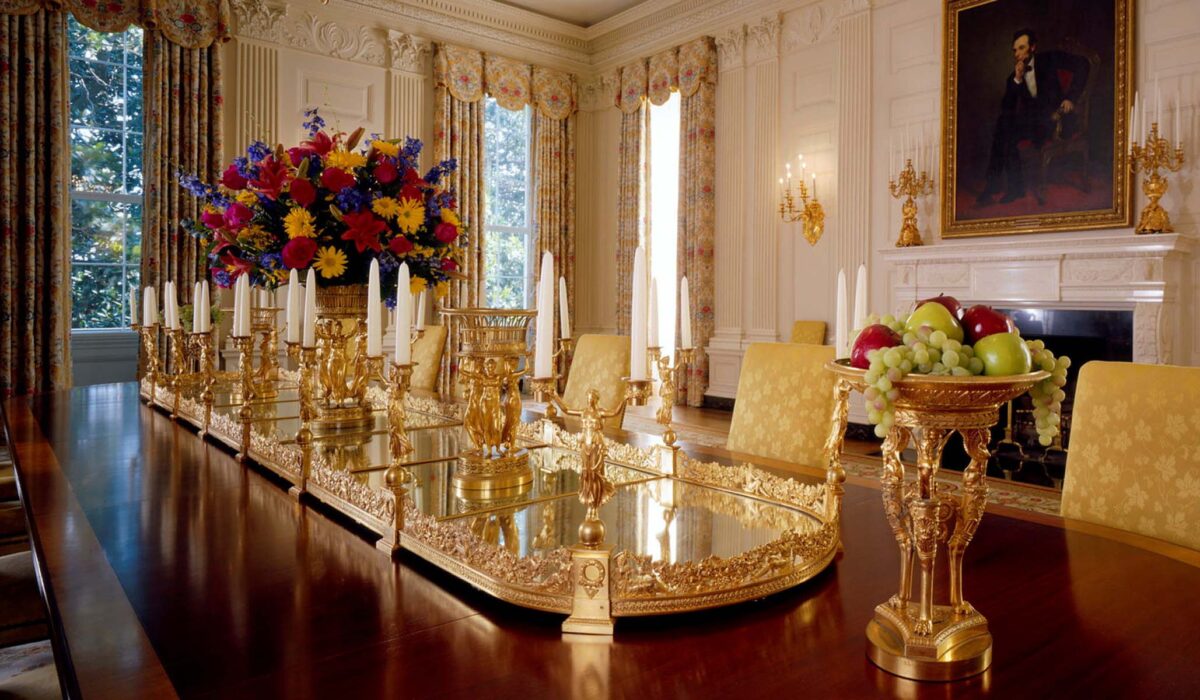White House Tours Halted While a New Ballroom Is Built
The White House, often called the People’s House, feels closest to the public when tours are running and history seems within reach thanks to Mrs. Kennedy. That accessible moment is on pause now because tours are canceled while a ballroom is built. Visitors who expected to walk those corridors will find the public access temporarily closed.
Tours do more than show rooms. They connect people to presidential history, offering a tangible link to events and figures that shaped the nation. Losing that access, even briefly, changes how locals and visitors experience the building.
The closure reflects a practical choice to create dedicated space for formal events and state functions. Building a ballroom requires significant construction, staging, and security adjustments, which makes continuing public tours impractical. Officials have framed the project as an upgrade to the White House’s capacity for hosting dignitaries and ceremonies.
Mrs. Kennedy’s historic renovation is part of the reason people treasure White House tours in the first place. Her efforts made the place feel curated and accessible, turning restoration into public history. The ongoing work to add new function and form follows that long tradition of change.
Many visitors prize the state rooms, their furnishings, and the narratives attached to each corner of the house. Without tours, those details can only be seen through photos, exhibits, or secondary museum displays. That creates a gap in the direct experience of visiting the nation’s most visible residence.
Responses have been mixed. Some view the temporary closure as an inevitable step to maintain and modernize an old house that must serve modern diplomacy. Others are frustrated that a public cultural asset is less available while construction proceeds.
Practical questions about timing and access are natural, but specific timelines can vary with permitting, security requirements, and unexpected construction delays. For now, emphasis is on ensuring the work meets the needs of public events and state functions when it is finished. The phrase “now canceled to build the ballroom” captures a short-term tradeoff between access and upgrade.
Logistics matter in a place like the White House, where security is paramount and spaces are tightly controlled. Construction zones change traffic flow, screening points, and the physical routes that made tours possible. Handling those changes safely means temporary limits on who can walk through those rooms.
Adding a ballroom has symbolic as well as practical implications. A new formal room can expand the White House’s ability to host international delegations and national ceremonies, reaffirming its role in statecraft. At the same time, any alteration to public access raises questions about balancing ceremony with transparency.
People who miss the tours still have options to engage with the history and surroundings of the White House. Nearby museums, historical societies, and walking tours of the Lafayette Square area offer context and artifacts related to presidential history. Virtual exhibits and official archives also let the public explore collections that might once have been seen only in person.
Mrs. Kennedy’s influence serves as a reminder that the White House has always been reshaped by each era’s priorities. Renovations and additions become part of its narrative, each layer reflecting choices about how the nation presents itself. While doors are closed, the building continues to evolve and hold meaning for the public.
When the construction work is done, a different set of rooms will open for ceremonies and guests, and the story of that change will be part of the White House’s record. Until then, curious visitors can look to other civic sites and archives to stay connected to the history that the People’s House represents.

